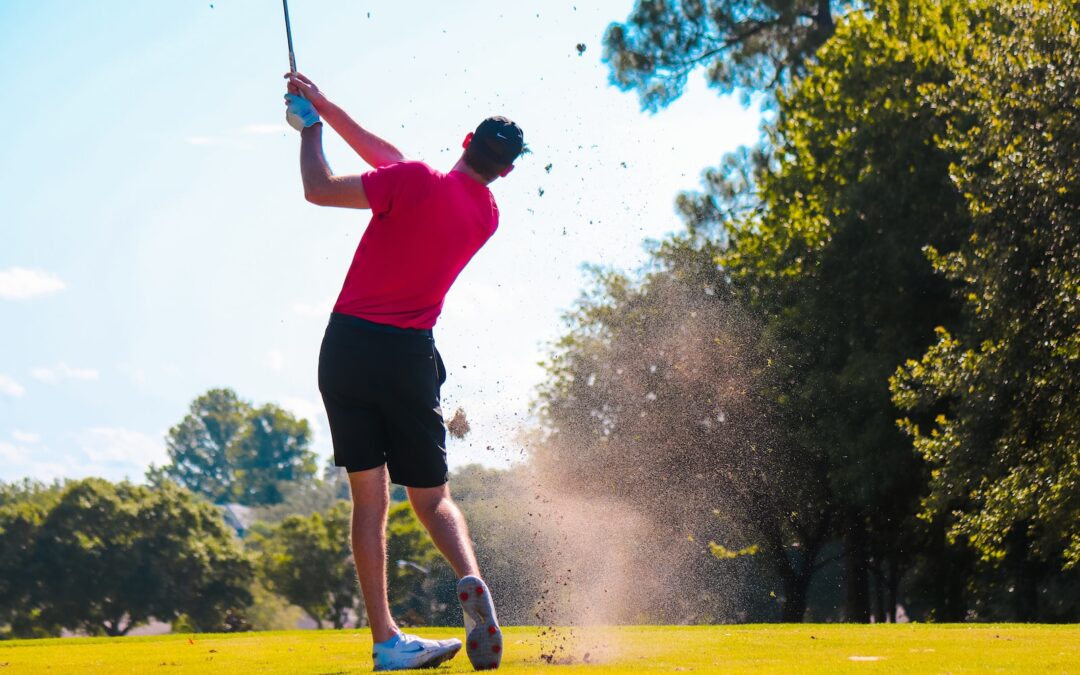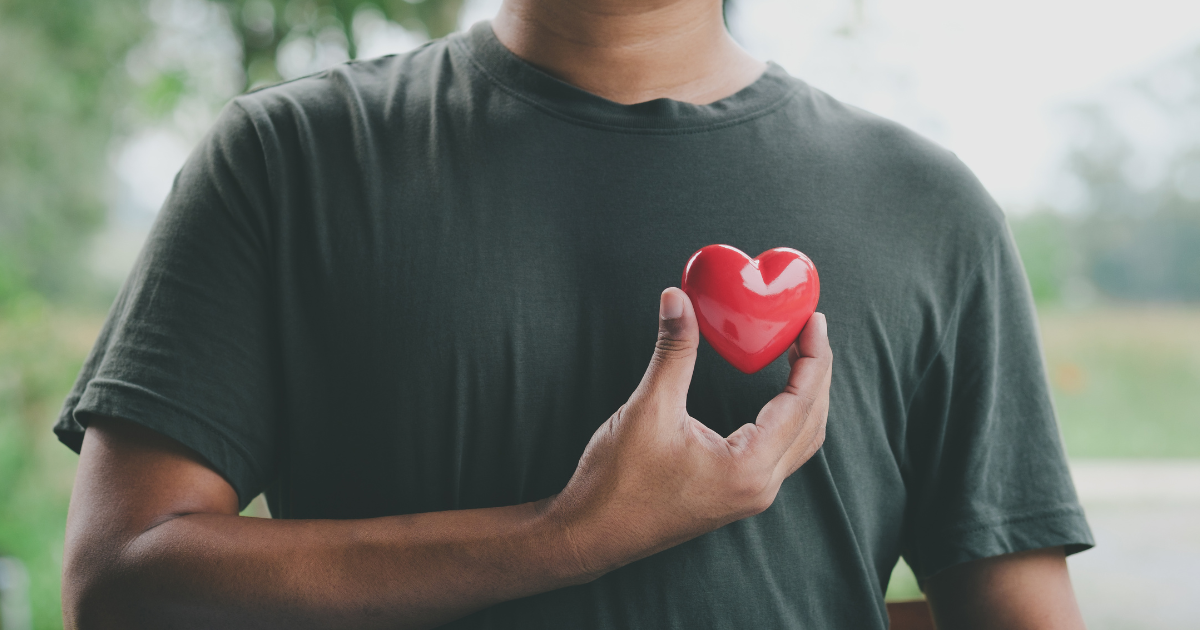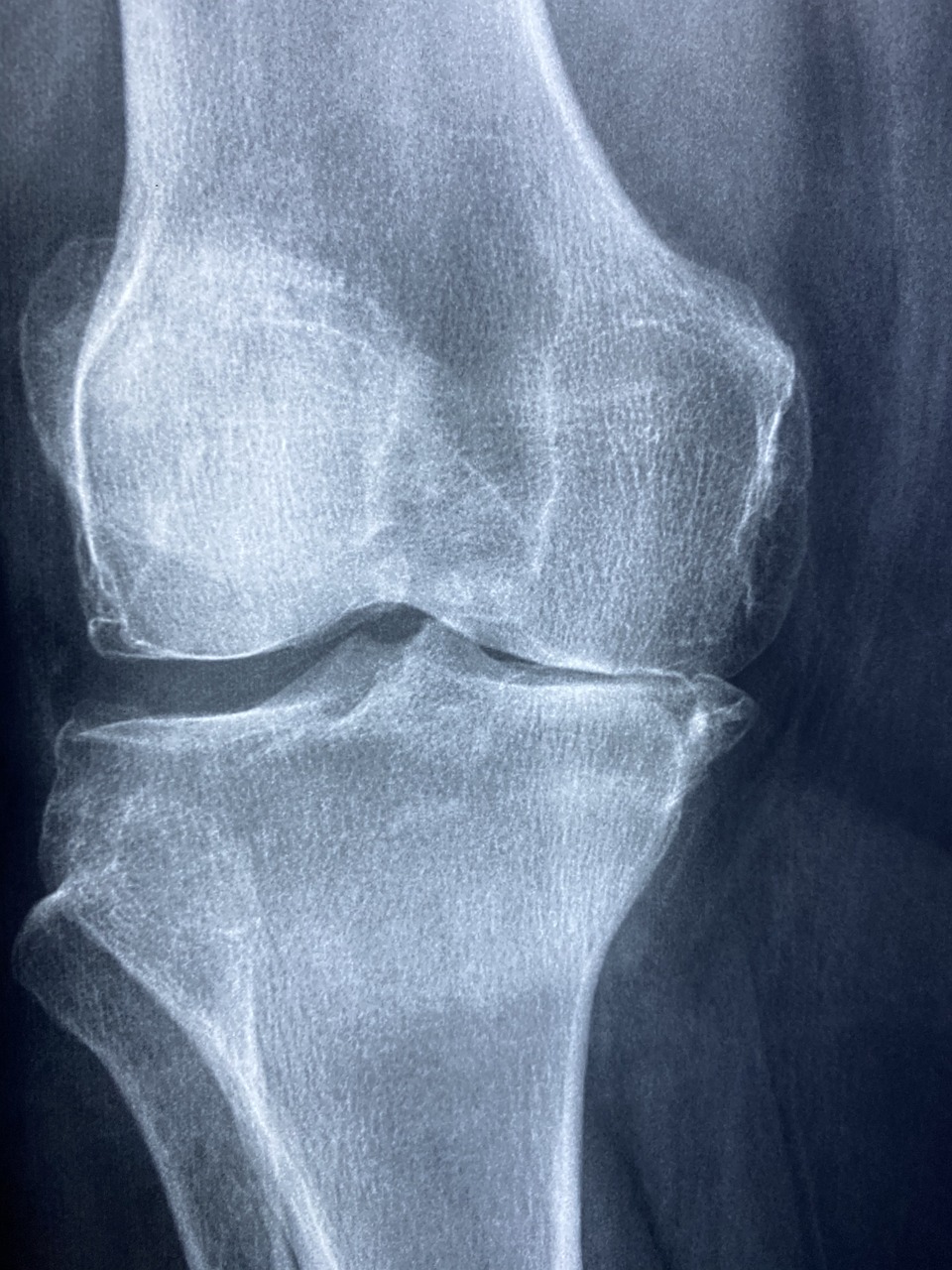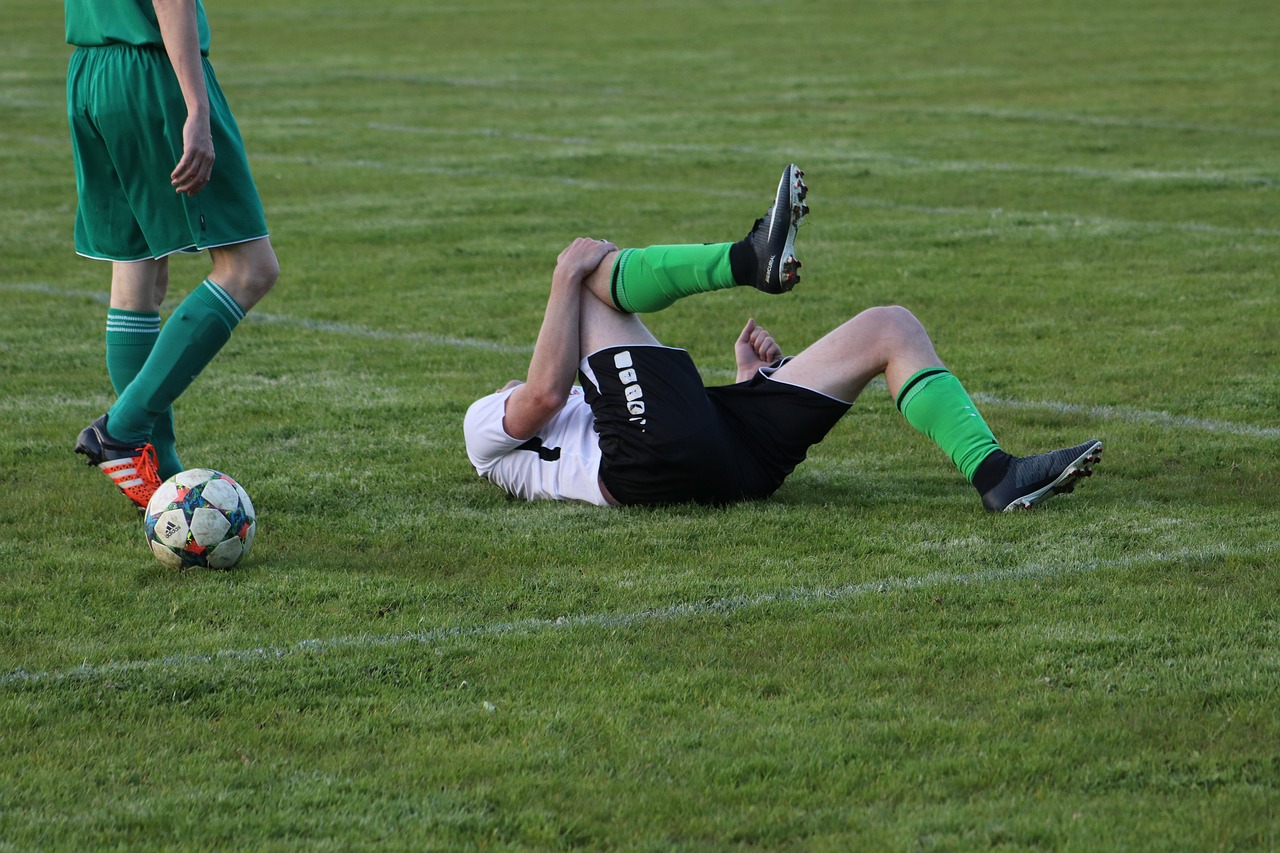This overview of injuries on golfers is based upon a published review article from 2006. It is also important to note that the descriptions applies to right handed golfers.
Overview of Injuries on golfers
Golf is seen as a low risk, low impact sport. Therefore, many acute injures rarely occur. Most injuries that occur are due to overuse. This is true in both amateur and professional golfers. Each has individual reasons why, the difference is normally due to the swing intensity and more repetition in professionals.
During a golf swing the forces generated are capable of causing injury. Therefore, if not properly sequenced this forces are disputed into the joints and soft tissues increasing the risk of injury. If a golfer rotates from any part of their body past its functional limitations during the swing, they will overload the spine, tendons, ligaments and interconnecting muscles. Increasing the risk of injury.
A golf swing is complex and asymmetrical. The swing causes imbalances in the body. These repetitive asymmetrical loads can lead to abnormal changes to the body.
Common Golf Injuries
The most common injuries that occur are to the lower back , wrist, elbow and knee. With lower back injuries have the highest incident rate.
In the studies we looked at, the injuries stated also include major head traumas from being struck by a ball or club. We will not discuss them in this article. We just recommend avoiding them!!
Also, we won’t be covering other issue which may occur on a golf course including:
- sunstroke,
- heart attacks,
- dehydration,
- hypothermia,
- being struck by lighting, or
- run over by a trolley.
Professional or Skilled Golfer vs Amateur Injury Rates
Although we have highlighted both have similar occurrence rates, the reasons are different. In professionals or high skilled (low handicap players), they get overuse from increase practice and decrease in the variance in their swing. Basically, their swing is constant so doing the same thing over and over again puts repetitive force on the same structures.
Whereas, in amateurs, they are several factors. Overuse, improper techniques and/or muscle imbalances. Commonly, a combination of all.
Males vs Females Professionals
Men suffer lower back pain most commonly, followed by left wrist then left shoulder. Whereas females the left wrist was the most common injury followed by the lower back and left hand.
This is most likely due to the receptiveness of the sport. The more you are on the pursuit for excellence, the more practice needed. The more you play the more injuries you are at risk of.
*There was a few articles that also found the neck as a common site for injury.
In Amateurs
The lower back tops the list, followed by the wrist, elbow and shoulder. It is suggested in amateurs, that having a period of increased play or overuse is a major factor. Also the poor swing mechanics was to blame commonly too.
Amateurs also are more likely to miss hit or hit the floor during the swing. This is seen as another common injury cause.
Lower Back Injuries
Across all the research this is most common injury site for golfers. Some evidence puts it as high as 34.5% of all injuries occur in lower back. This is due to the mechanics of a golf swing which consists of a large range of motion and large forces created on the body.
These forces consist of:
- Downward compression
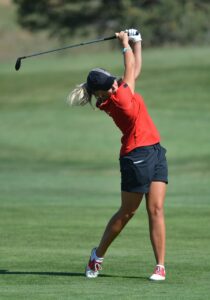
- Side to side bending
- Shearing forces from the front to back
At its peak the compression load on the spine will be 8 times your body weight. We can compare this with only 3 time when we jog.
It was found that amateur golfers place more stress on their spines compared to professionals. *Although both had same compressional forces.
This is due to more side bending and shearing loads. There is a suggestion that this is because amateurs are trying to hit the ball further. Especially when they play a driver. They need to try harder to make up for less effective swing. The less efficient your swing the more injuries you are at risk of.
Whereas, professionals have less swing variance and therefore more efficient.
We have a 3 part series which you can look into more detail here:
- Lower Back Pain and Golf Pt1 – The Golf Swing
- Lower Back Pain and Golf Pt 2 – Why Golfers get Back Pain
- Lower Back Pain and Golf Pt 3 – Playing with Lower Back Pain
Upper limb Injuries
Wrist and Hand Injuries
The wrist and hand provide the anchor point for the club to arms during the swing. Therefore, the wrist moves through many ranges during a complete swing.
These include flexion, extension, radial and ulnar deviation. This is also combines with the pronation and supination of the forearm that occurs during the swing.
Despite this, researchers have found the most common occurrence is hitting an object other than the ball!
The sudden decrease of the movement increases the force on the soft tissues of the wrist. This can lead to ligament or muscle strains but occasionally lead to fractures of the hamate bone of the wrist.
When players have a habit of playing a ‘fat’ shot (meaning they hit the ground first before the ball), they have a greater risk of developing wrist injuries. These are more common in the amateur.
While in professionals, these injuries can occur when playing from long rough or happens from over use. This receptive stress can cause fractures to the hamate bone or inflammation of the tendons in the wrists.
*Hamate injuries occur when the hand gets impinged against the butt end of the club. It is most common in the lead (left) hand. It has been know then stress fracture can occur here when golfers change their grip and/or a sudden increase in practice. This change of grip combined with the increase practice for familiarisation, is also suggested the reason for developing tendon injuries too.
Injuries to specific tendons has also been highlighted. The Flexor Carpi Ulnaris of right wrist can occur when you take divots. Where as beginners can get overuse injuries on the extensor carpi ulnaris due to ‘casting’. This early unlocking of the wrist in the downswing can also be a source of their loss of power and control.
*There has also been some case studies of golfers suffering from nerve compression injuries from gripping the club too tight.
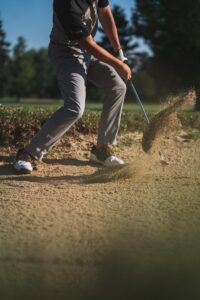
Golf Injuries – Hand and Wrist
Elbow Injuries
Despite the name name, Tennis Elbow is the most common (85%) elbow injury in golf. Tennis elbow is pain on the outside (lateral) aspect of the elbow. Whereas, Golfers Elbow often associated with pain on the inside (medial) of the elbow.
Golfers elbow (inside pain) is more common with a sudden decrease in acceleration. An example might be you hit a tree root. Traumas can occur in amateurs due to poor swing mechanics, a steep downswing which results in hotting the floor before the ball.
Whereas, tennis elbow (pain on outside) is more common with overuse.
Common reasons seem to be attributed to change of grip, gripping too tight or slippy grips. All of which increase the force on the forearm muscles .
During the downswing, the greatest force wrist flexors is just before impact. The flexor burst. Here the wrist is moving from a side flexed and extended position to neutral. Get this wrong can lead to acute injury. Or over time this can lead to mirco trauma.
Golfers elbow is most common in the right arm (trail arm) whereas tennis elbow is most common in left (lead) arm.
Shoulder Injuries
These account for 8-17% of the injuries recorded depending on the study.
Shoulder injuries are usually consider overuse and from excessive practice. Examples of types of injuries are:
- subacrominal impingement
- rotator cuff injuries
- Acrominalclavicular joint (ACJ) issues
- Glenohumeral joint (GHJ) instability
- Arthritis
The shoulder goes through a large range of motion in a swing. In the backswing, the left shoulder is in horizontal adduction while the right is in external rotation. In the follow through, the left shoulder goes through a large degree of external rotation and horizontal abduction. While the right shoulder ends in horizontal adduction.
Most right handed golfers report more issues with their left shoulder. With some studies suggesting 50% of this are associated with the ACJ. Other studies have found that 100% of golfers who reported shoulder pain had posterior instability and signs of impingement.
Shoulder pain seems to be most common at the top of the backswing. Possibly due to the maximum force across the joint at this point. With the instability issue becoming as a result of repetitive nature of the sport.
Those who report with pain in back of the shoulder at top of backswing are likely suffering from tightness of the back of the shoulder capsule or rotator cuff. Whereas those who get this pain during the follow through is most like due to impingement of joint cartilage or rotator cuff.
If you get pain at the front of your shoulder at the top of the backswing, then its likely your head of humerus is impinging on the joint cartilage. If pain can be located over the ACJ then it could be due also to osteoarthritis.
Knee Injuries
According to studies, they equate to 6% of all golf related injuries. Although, we must still be aware the huge forces which pass through the knee.
At its peak 540N are placed on the right knee at the end of the backswing. With 756N on the left knee at impact and follow through.
Due to the large compressive forces, older golfers can develop osteoarthritis in knees and hips.
Golf injuries an overview
Golf is a repetitive and asymmetrical sport. With the main reason for injury being overuse. This means your body is unable to cope with the amount of stress and strain it takes repetitively.
Our best advice, make sure you are taking advice from your coach to fine tune your swing and make sure you improve how you move.
If you have an golfing injury then we are happy to help. To book an appoint with us here
